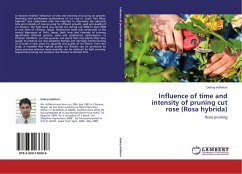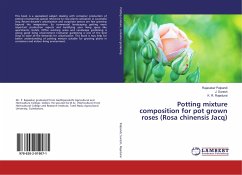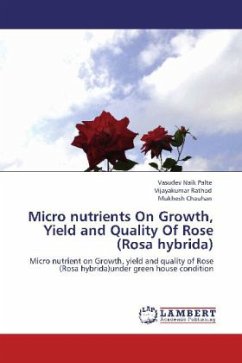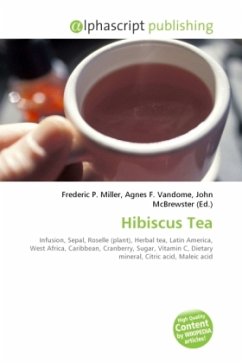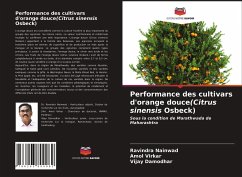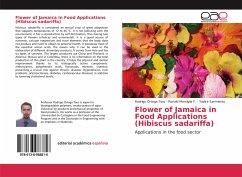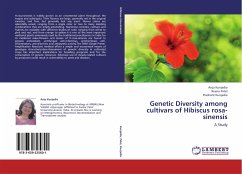
Genetic Diversity among cultivars of Hibiscus rosa-sinensis
A Study
Versandkostenfrei!
Versandfertig in 6-10 Tagen
39,99 €
inkl. MwSt.

PAYBACK Punkte
20 °P sammeln!
H.rosa-sinensis is widely grown as an ornamental plant throughout the tropics and subtropics. Their flowers are large, generally red in the original varieties, and firm, but generally lack any scent. Flower colors are splendidly varied, ranging from a single color or two to many dazzling combinations that are simply astonishing. Numerous varieties, cultivars and hybrids are available with different shades of color ranging from white to pink and red, and from orange to yellow.It is one of the most important medicinal plants extensively used by the traditional practitioners in India for its medi...
H.rosa-sinensis is widely grown as an ornamental plant throughout the tropics and subtropics. Their flowers are large, generally red in the original varieties, and firm, but generally lack any scent. Flower colors are splendidly varied, ranging from a single color or two to many dazzling combinations that are simply astonishing. Numerous varieties, cultivars and hybrids are available with different shades of color ranging from white to pink and red, and from orange to yellow.It is one of the most important medicinal plants extensively used by the traditional practitioners in India for its medicinal value.Flowers and leaves of H.rosa-sinensis are found to possess antioxidant, antifungal, anti-infectious, antimicrobial, anti-inflammatory, anti-diarrheic and antipyretic activity.The SPAR (Single Primer Amplification Reaction) method offers a simple and economical means of genotype characterization.Assessment of genetic diversity in cultivated crops has important implications for breeding programs and for the conservation of genetic resources. Extensive use of closely-related cultivars by producers could result in vulnerability to pests and diseases.



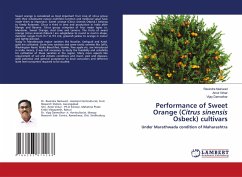
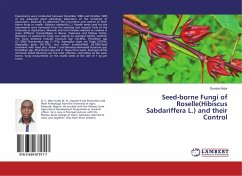
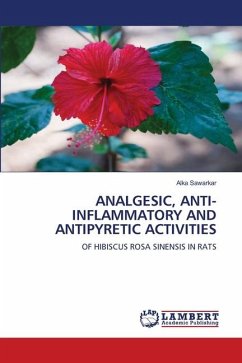
![ECOPHYSIOLOGY AND TEA CULTIVARS [Camellia sinensis (L.) O. Kuntze]. Cover ECOPHYSIOLOGY AND TEA CULTIVARS [Camellia sinensis (L.) O. Kuntze].](https://bilder.buecher.de/produkte/62/62292/62292622n.jpg)
